Yahoo News interviewed more than 30 former Trump administration officials for its article revealing that the US Central Intelligence Agency (CIA) under Trump’s then-CIA Director Mike Pompeo had discussed assassinating or kidnapping Assange while he took refuge in the Ecuadorian Embassy in London.
The report also claimed that the Trump administration, in partnership with the UK government, was preparing to potentially engage in dangerous street conflict with any Russian operatives, should they attempt to help Assange escape from the country.
Following the release of the report, the Freedom of the Press Foundation issued a statement calling the CIA
“a disgrace,” adding, “The fact that it contemplated and engaged in so many illegal acts against WikiLeaks, its associates, and even other award-winning journalists is an outright scandal that should be investigated by Congress and the Justice Department.”
The foundation also called on President Joe Biden and his administration to immediately drop all charges against Assange, describing the CIA’s alleged plans as “beyond the pale.”
Horrified journalists, political commentators, and analysts from around the world also expressed shock at the details contained in the report.
“You cannot extradite somebody you plotted to assassinate,” reacted The Intercept’s Washington DC Bureau chief Ryan Grim, while journalist Glenn Greenwald tweeted, “Behavior like this from the CIA and now from the Biden DOJ is what *real press freedom attacks* look like.”
Tommy Vietor, a former spokesperson for President Barack Obama, called on House Intelligence Committee Chairman Adam Schiff and Senate Intel Committee Chairman Mark Warner to hold hearings on the CIA’s alleged plot.
Others used the report to discredit public figures such as Bureau of Investigative Journalism editor James Ball, who had argued – while the CIA were discussing assassinating Assange – that the WikiLeaks founder would be safe if he left the Ecuadorian Embassy and was “unlikely to face prosecution in the US.”
Assange was forcibly removed from the embassy in 2019 by London’s Metropolitan Police and incarcerated in the maximum-security Belmarsh prison, where he remains to this day as the US government attempts to extradite him to face charges, including violating the Espionage Act, despite the fact he is an Australian citizen.
US government, CIA plotted to kidnap or
assassinate Assange in London
Oscar Grenfell
WSWS.ORG
An explosive investigative report by Yahoo News has revealed plans at the highest levels of the US Central Intelligence Agency (CIA) and the Trump administration to illegally kidnap or even assassinate WikiLeaks publisher Julian Assange when he was an internationally recognised political refugee in Ecuador’s London embassy.
Based on discussions with more than 30 former US officials, the report alleges conduct on the part of former President Donald Trump, then CIA director Mike Pompeo and other senior administration officials amounting to a criminal conspiracy to abduct and murder a journalist. The breadth and intensity of the discussions about “extreme measures” against Assange, however, implicate the top levels of the entire state apparatus, the leadership of the Democratic Party and US allies, including Britain and Australia.
The report is confirmation that the current US attempt to extradite Assange from Britain and prosecute him is a pseudo-legal fig leaf for an extraordinary rendition operation. Their CIA killers having failed to snatch or “take out” the WikiLeaks founder, the US government is seeking to accomplish the same ends through an unprecedented Espionage Act prosecution, charging Assange with the “crime” of exposing illegal wars, mass surveillance and global diplomatic intrigues.
That the prosecution was initiated under Trump and is being continued by the Biden administration demonstrates the unanimity of the ruling elite in the campaign to destroy Assange and WikiLeaks, and establish a major precedent for the suppression of social and political opposition.
Significantly, the report notes that intensive intelligence activity against Assange began under the Obama administration.
By 2012, the Democratic Party government’s threats to prosecute the WikiLeaks founder, and its orchestration of provocations against WikiLeaks, had forced Assange to seek asylum in the Ecuadorian embassy. The campaign was stepped up in 2013, after Edward Snowden exposed illegal mass surveillance by the US National Security Agency and found asylum in Russia. In that year, the Obama administration developed a plan with the British government to prevent Assange leaving the embassy and securing freedom abroad.
In 2016, WikiLeaks published documents from the Democratic National Committee exposing political corruption, including the sabotage of Bernie Sanders' candidacy in favour of Hillary Clinton, the handpicked representative of Wall Street and the Intelligence Agencies.
According to Yahoo, the Obama administration responded by labelling WikiLeaks and its associates as “valid targets for various types of spying, including close-in technical collection—such as bugs—sometimes enabled by in-person espionage, and “remote operations,” meaning, among other things, the hacking of WikiLeaks' members’ devices from afar…”
The Yahoo News report confirms Assange’s own assessment that WikiLeaks' publication of Vault 7, a vast tranche of material exposing CIA spying activities, was a decisive factor in the increasingly frenzied efforts of the US state to obliterate the organisation through any means. Released beginning in March 2017, the documents exposed the offensive hacking operations of the CIA internationally, branding it as one of the biggest purveyors of malware in the world.
Among the explosive revelations was confirmation that the agency could hack into computer systems and leave “tell-tale” signs that the intrusions were the work of a hostile power, such as Russia or Iran. This cast doubt over the incessant and unsubstantiated claims of Russian and other state hacking, including in the 2016 American elections, as they were being used to ramp-up US militarist threats and provocations. The CIA was also seeking to hack into the computer systems of modern cars, a capability that could be used for assassinations, and was spying on people through their televisions and smartphones.
The response was immediate. The intelligence agencies had been unable to prove the bogus claims that WikiLeaks was acting in concert with the Russian state. As one former official told Yahoo: “There was a lot of legal debate on: Are they operating as a Russian agent? It wasn’t clear they were, so the question was, can it be reframed on them being a hostile entity.”
The new doctrine was unveiled in a speech by Pompeo at CIA headquarters in April 2017. In a diatribe over the publication of Vault 7, the CIA director branded WikiLeaks as “hostile non-state intelligence service.”
Citing unnamed former Trump administration officials, Yahoo explained that in using that description Pompeo was “neither speaking off the cuff nor repeating a phrase concocted by a CIA speechwriter.” Instead, he was outlining a pseudo-legal rationale for directing the murderous methods employed by the US in Iraq, Afghanistan and elsewhere against WikiLeaks. In the words of a former CIA official, WikiLeaks would go from a “target of collection to a target of disruption” for the intelligence agencies.
According to Yahoo:
Soon after the speech, Pompeo asked a small group of senior CIA officers to figure out “the art of the possible” when it came to WikiLeaks, said another former senior CIA official. “He said, ‘Nothing’s off limits, don’t self-censor yourself. I need operational ideas from you. I’ll worry about the lawyers in Washington.’”
CIA stations around the world were instructed to intensify their activities against WikiLeaks. This included active measures, such as seeking to provoke discord within the organisation. The Yahoo report also suggests the agency may have conducted break-ins and other illegal surveillance actions in European states, especially Germany and Britain. They developed “pattern of life” surveillance against WikiLeaks staff and associates.
Yahoo added:
At meetings between senior Trump administration officials after WikiLeaks started publishing the Vault 7 materials, Pompeo began discussing kidnapping Assange, according to four former officials. While the notion of kidnapping Assange preceded Pompeo’s arrival at Langley, the new director championed the proposals, according to former officials.
The discussions, however, went further:
U.S. officials had also considered killing Assange, according to three former officials. One of those officials said he was briefed on a spring 2017 meeting in which the president asked whether the CIA could assassinate Assange and provide him “options” for how to do so.
Trump has denied the claim, while others interviewed by Yahoo sought to downplay it as “spitballing.” The agency, however, requested and received plans for how such an assassination could be conducted, as well as how other members of WikiLeaks in Europe could be murdered.
Previous reports, moreover, have made clear that the CIA had gone beyond discussions in Langley, Virginia. Former employees of UC Global, the private security company hired by the Ecuadorian government to provide security to its London embassy, have testified under oath that the firm was functioning as a proxy for the CIA. Audio and video recordings of Assange, including his private meetings with lawyers, were surreptitiously carried out by the company. Its employees, who effectively controlled Assange’s physical environment, were also asked to consider means by which he could be killed, possibly through poison, or kidnapped.
As the US campaign intensified, the Ecuadorian authorities reportedly made plans to evacuate Assange from the embassy by providing him with a diplomatic post. A plan, confirmed by Fidel Navaez, a former senior diplomat at the embassy and supporter of Assange, was developed to transfer the WikiLeaks founder to Russia in late 2017. When informed of it by Ecuadorian officials, Assange rejected the suggestion of travelling to Moscow, and raised the need to find another third country.
US intelligence agencies became aware of these discussions, likely through the activities of UC Global. According to Yahoo, they discussed unhinged counter-measures, including crashing into any car carrying Assange through the streets of London and shooting out the tyres of any plane he would travel in. The British authorities also declared that they would not recognise any diplomatic protection provided to Assange.
The report makes clear that to the extent the kidnapping and assassination plans were scuttled, it was not the result of any principled opposition from within the state apparatus. Instead, some officials from the Justice Department and administration lawyers warned that the actions being contemplated would be a gross breach of international law that would undermine US imperialism in Europe and internationally. As one told Yahoo, the plots of murder and kidnapping were “something we’d do in Afghanistan, but not in the U.K.”
The article demonstrates the deep connection between the CIA’s dirty tricks campaign and the pseudo-legal attempt to prosecute Assange. The latter emerged out of the former. As Yahoo writes: “Concerned the CIA’s plans would derail a potential criminal case, the Justice Department expedited the drafting of charges against Assange to ensure that they were in place if he were brought to the United States.”
The latest revelations confirm the criminal character of the pursuit of Assange, and all of those forces involved in it, from the US state, the Democratic and Republican parties, to the governments and official parties of Britain, Australia and other alliance nations.
They underscore that in the pursuit of Assange, governments are seeking to establish precedents for sweeping attacks on dissident journalists and political activists, above all targeting mounting opposition from the working class. The activities detailed in the Yahoo report recall the spying operations conducted by the CIA, the FBI and other agencies against socialist and left-wing organisations, and alternative publications, during the last period of revolutionary upheavals in the 1960s and 70s.
Critical lessons must be drawn. The perspective of appealing to the Trump administration, or to Biden, promoted by the official Don’t Extradite Assange campaign and similar organisations, is utterly bankrupt. In practice, it amounts to pathetic moral pleas to those plotting to destroy WikiLeaks and to kill Assange.
An independent political movement of the working class must be built to secure Assange’s freedom and to defend democratic rights. It is to the millions of workers and young people who are entering into struggle against the very governments persecuting Assange, that defenders of civil liberties must turn.




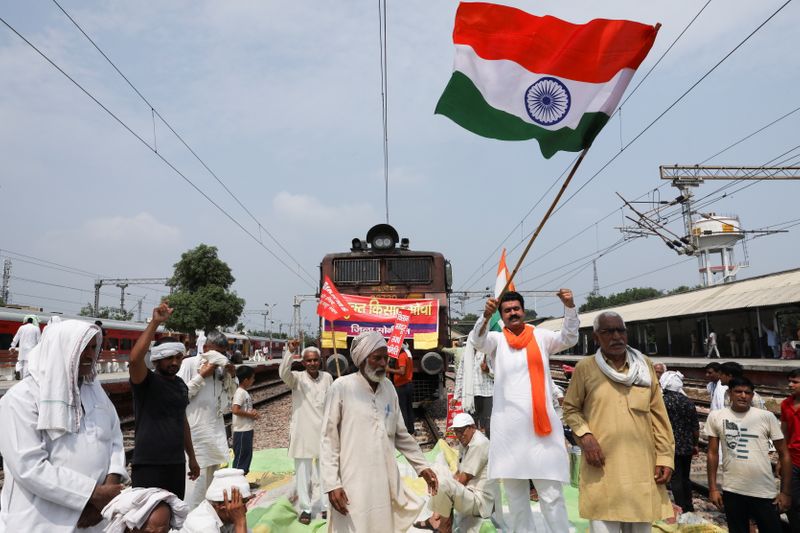
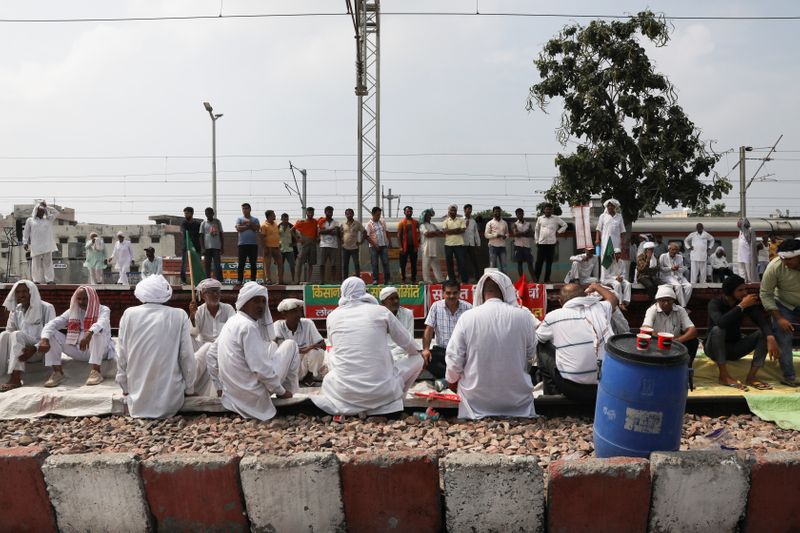
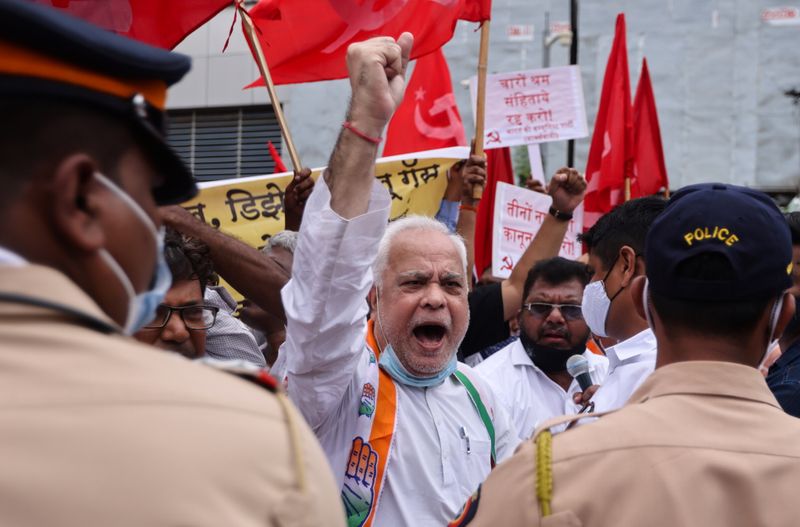
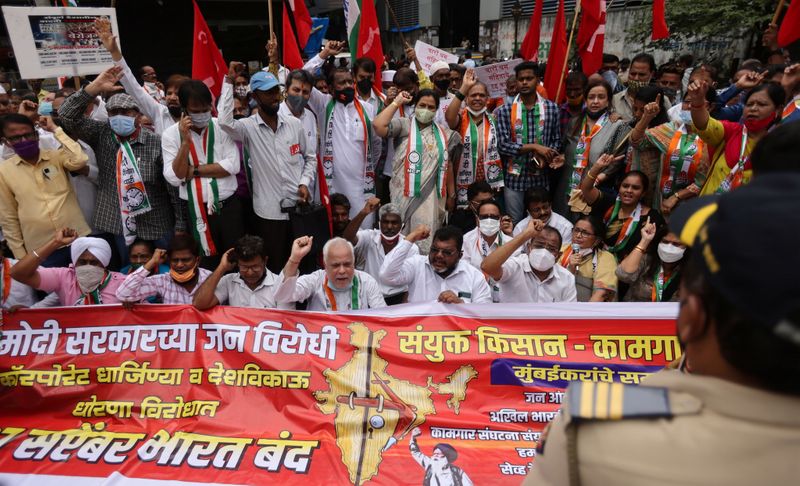
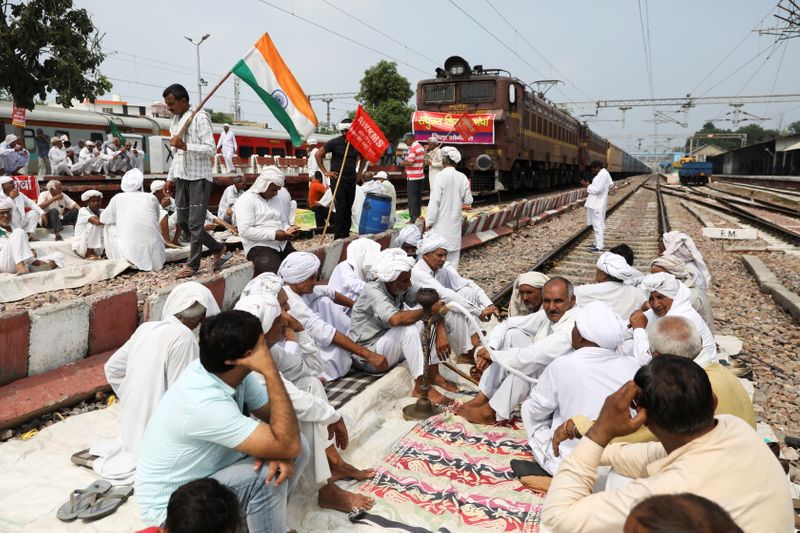
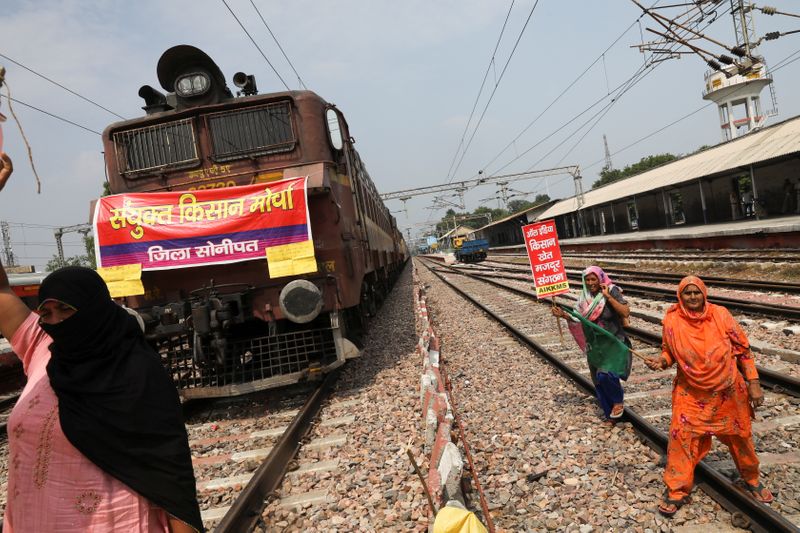


:quality(70):focal(-5x-5:5x5)/cloudfront-eu-central-1.images.arcpublishing.com/thenational/PZ2ZEADX2I5DEN355YFKA5DSDQ.jpg)
:quality(70)/cloudfront-eu-central-1.images.arcpublishing.com/thenational/EHZFSFLAHNKIVTCV2I2VOILWG4.jpg)
:quality(70)/cloudfront-eu-central-1.images.arcpublishing.com/thenational/K54NKTA26JI75FX75YPP2HIMYA.jpg)
:quality(70)/cloudfront-eu-central-1.images.arcpublishing.com/thenational/QWB5HA5R7D2WIR37XW725E4KWY.jpg)
:quality(70)/cloudfront-eu-central-1.images.arcpublishing.com/thenational/EDDROR6SOCAXBYNTU3IQ57NGUE.jpg)
:quality(70)/cloudfront-eu-central-1.images.arcpublishing.com/thenational/OBUBJQOB4PO5QBFOVO47UX3ABY.jpg)
:quality(70)/cloudfront-eu-central-1.images.arcpublishing.com/thenational/3VBJAVBKBIRO4B4UFPMD77XTL4.jpg)










